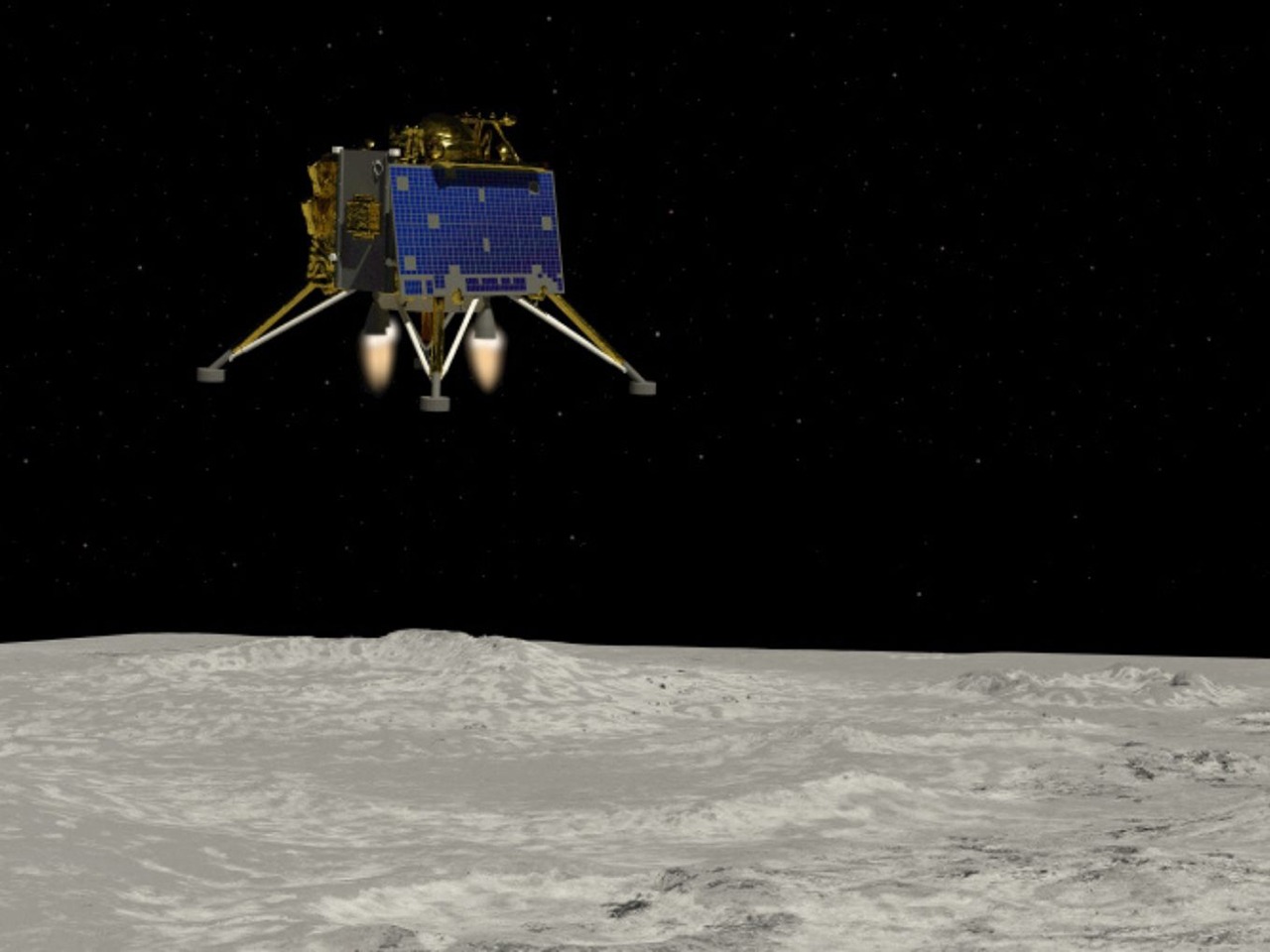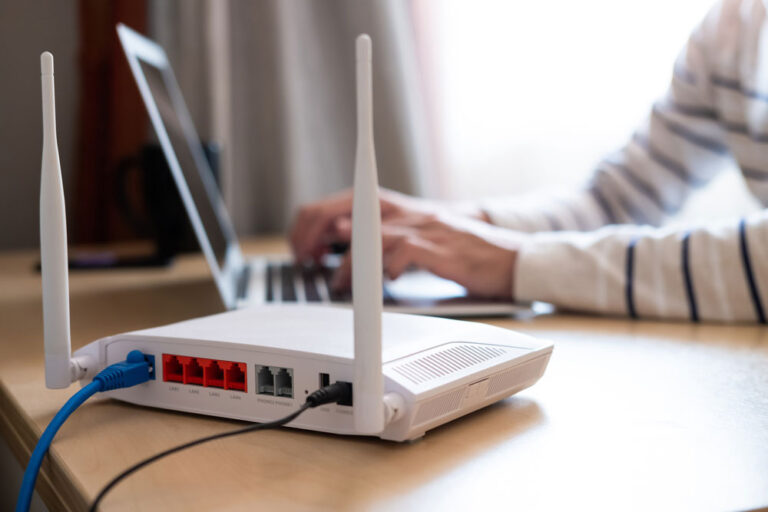In a groundbreaking revelation, India’s Chandrayaan-3 mission has potentially uncovered evidence of a “moonquake” – a phenomenon unseen since the 1970s. The revelation comes on the heels of the mission’s historic landing on the lunar surface, marking India’s maiden voyage to Earth’s celestial companion.
On August 26, the Instrument for Lunar Seismic Activity (ILSA) aboard the Vikram lander detected seismic activity on the moon’s surface, a discovery that could provide invaluable insights into the moon’s mysterious interior. This seismic event occurred just three days after Vikram’s historic landing on the moon’s south pole on August 23, as part of the Chandrayaan-3 mission.

While awaiting confirmation, this moonquake, along with other observed lunar activities, including the movements of India’s Pragyan rover, promises to unveil the hidden dynamics within Earth’s lunar partner. “The lander has recorded an event, appearing to be a natural one, on August 26, 2023,” reported The Indian Space Research Organisation (ISRO) on X, formerly Twitter. “The source of this event is under investigation.”
This potential discovery harks back to the Apollo lunar missions of the late 1960s and early 1970s, which first detected seismic activity on the moon’s surface. These findings shattered the misconception of a uniformly rocky lunar landscape, revealing a complex geological structure beneath the moon’s exterior.
In recent years, advanced analytical tools and computer models have allowed scientists to delve deeper into the data collected by previous missions, painting a clearer picture of the moon’s enigmatic interior. A 2011 NASA study suggested that, much like Earth, the moon possesses a fluid iron core surrounding a dense, solid iron sphere.
In May 2023, researchers leveraged gravitational field data to support the iron core theory. Additionally, they proposed that molten mantle sections of the moon might have separated from the rest, rising to the surface as iron clumps and generating seismic activity in the process.
However, the moon’s mysteries are far from unraveled. Magnetic fields, generated by the movement of conductive molten material within planetary cores, play a significant role in planetary bodies. Surprisingly, while Earth boasts a strong magnetic field, the non-magnetic moon presents a vastly different internal landscape, with a predominantly dense and frozen composition. This begs the question: How do moon rocks, dating back 3 billion years and collected during NASA’s Apollo missions, exhibit characteristics indicative of a powerful geomagnetic field, akin to Earth’s?
Chandrayaan-3 holds the key to unraveling these perplexities. Currently in sleep mode due to its solar-powered nature, the mission’s lander and rover await the lunar dawn on September 22. When the sun’s rays once again grace the lunar south pole, these instruments will be ready to explore the moon’s enigmatic secrets, offering humanity a chance to peer deeper into the lunar unknown.






















+ There are no comments
Add yours